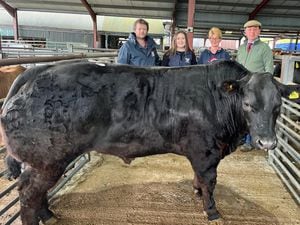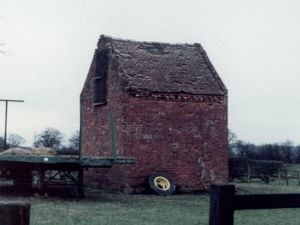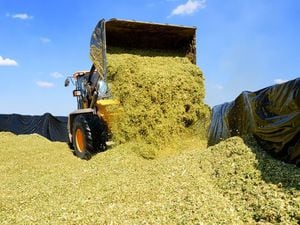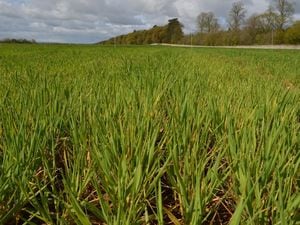Farmers cannot afford to hang around for Brexit outcome
These are uncertain times. As Britain enters the Brexit talks in Brussels, UK farmers cannot afford to expect an outcome of “business as usual.”

What is certain is that grants on offer in their present form under the CAP will not be around when Britain leaves the EU in two years’ time. At best, it is anticipated that a more “integrated” land-use strategy will be adopted by the UK government, post-Brexit, where only the delivery of “real” environmental benefits is likely to attract any future grant payments.
I would urge owners and farmers to pre-empt any future change by pro-actively making changes now and not wait around to see if any public money is still available.
About 30 per cent of the global population is living in areas where agro-forestry is being practised and is a system of land use in which harvestable trees or shrubs are grown among livestock or around crops or on pastureland. Although it is seen as a means of preserving or enhancing land productivity, farmers are also benefiting from increased returns. This approach offers a real opportunity for UK farmers to diversify and stay ahead of the curve in the event of a “fall off the cliff” Brexit scenario, compensating for any potential loss of income.
The demand for timber both in the UK and globally, remains high. The world needs an additional 250 million hectares of well managed plantations by 2050 to meet demand. Plantations make up just seven per cent of global forest cover but provide 33 per cent of commercial timber. With just 12 per cent forest over, the UK is still importing approximately 80 per cent of its timber needs. In fact, import volumes increased a further 18 per cent in the first two months of 2017. However, demand for timber is just one incentive for farmers to grow more trees.
An important tool for the study and evaluation of intercropping systems under agroforestry is the Land Equivalent Ratio. LER measures the yield advantage obtained by growing two or more crops as an intercrop compared to growing the same crops as a collection of separate monocultures. The World Agroforestry Centre reports trees access nutrients and water from different soil depths compared with regular crops and a 40 per cent increase in total yield is achieved using trees as an intercrop.
As climate change and extreme weather events, such as drought, are likely to undermine soil structure and future productivity, agroforestry benefits the soil too.
As trees improve the soil-holding capacity for water and nutrients, nutrient cycling is more efficient, soil compaction is ameliorated and infiltration is increased. In addition, under elevated CO2 conditions, trees invest in their mycorrhizal associations to salvage nutrients, such as phosphorous, deep in the soil and are capable of storing more than 2 tonnes per hectare per year of carbon.
Food for thought.
Martin B. Jones is a Chartered Forester and Managing Director of the Woodland Stewardship Company, a UK-wide forest management consultancy based in Shrewsbury





